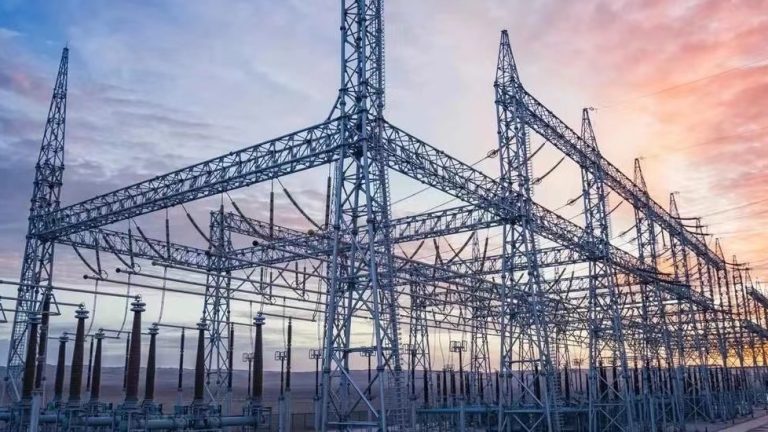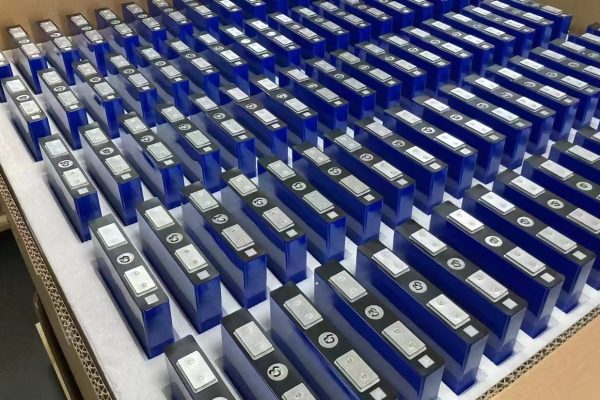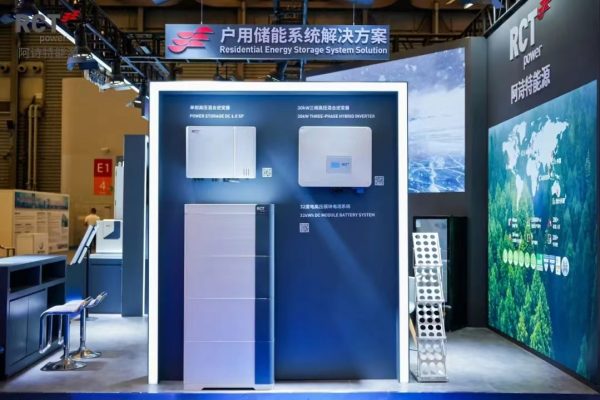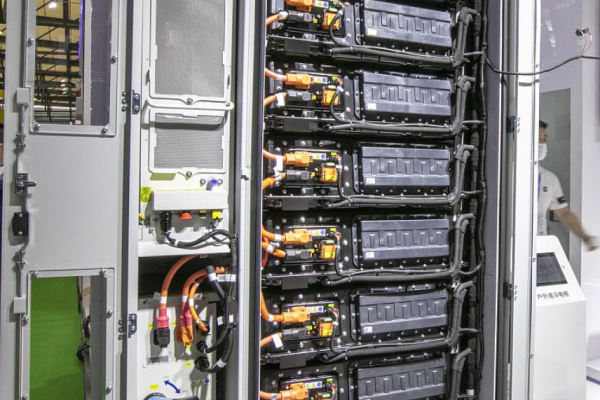Helping Small Customers Make the Right Choice for Their Energy Needs
1. Why System Size Confuses Many End Users
One of the most common questions small project clients ask is:
“Should I go for a 3kW, 5kW, or 10kW system?”
For residential users, small business owners, or rural installations, this is not just a technical question—it’s about budget, future-proofing, and daily reliability. And many of them don’t know how to estimate what they really need.
As a technical trading partner, your job is not just to quote models. It’s to ask the right questions, and help the client think in terms of actual usage. That’s where the trust begins.
2. What Do 3kW / 5kW / 10kW Really Mean?
When we say 3kW / 5kW / 10kW, we are usually referring to inverter output capacity. That tells us:
| System Size | What It Supports | Typical Use Case |
|---|---|---|
| 3kW | Basic home loads: lights, fans, fridge, TV | Entry-level rural home |
| 5kW | Add AC, washing machine, desktop PCs | Mid-size home or small office |
| 10kW | Multiple ACs, water pump, microwave, 3–4 computers | Large house or small business |
This does not directly equal solar panel capacity or battery capacity—but those will be sized around the inverter rating.
3. 5 Questions to Ask Before Recommending System Size
To guide your client well, ask the following practical questions:
✅ Q1: How many devices will run at the same time?
Peak load matters. A client may have 20 devices, but only 5 may run simultaneously. Knowing concurrency helps avoid over-sizing.
✅ Q2: Any motor loads or surge equipment?
If they plan to run pumps, refrigerators, or compressors, you must factor in surge load—especially in 3kW systems.
✅ Q3: What is their daily energy usage?
Help them estimate total daily consumption (in kWh). A 3kW system can run for 5 hours and give 15kWh/day, but is that enough?
✅ Q4: Any expansion plans?
If the client plans to add EV charging, air conditioning, or extend the building, consider stepping up one size.
✅ Q5: Grid-tied or Off-grid?
In grid-tied systems, inverter size can match average demand. For off-grid, you must match worst-case peak + storage.
4. Use Simple Scenarios to Explain Each System
🔹 3kW System
Perfect for:
- Small rural homes
- Load-shedding backup
- Basic lighting + fans + fridge
- Occasional TV and charging
Affordable, compact, great for starter solar.
Limitations:
- Won’t support AC or pumps reliably
- Can be maxed out quickly with new appliances
🔹 5kW System
Ideal for:
- Urban homes with moderate loads
- Lights + fans + fridge + TV + small AC
- Basic computer use, routers, printer
A flexible balance between cost and power.
This is our most recommended size for homes and small shops. Can be paired with 5–10kWh battery and 6kWp PV for daily cycling.
🔹 10kW System
Best for:
- Large houses or duplexes
- Clinics, workshops, or school blocks
- 2+ air conditioners, pumps, servers
- Longer daily runtime without grid
For clients who prioritize comfort and growth.
Needs good planning for:
- Battery bank (10–20kWh or more)
- Strong wiring and breaker sizing
- Often needs three-phase compatibility (if applicable)
5. Talk Battery and PV Alongside System Size
A 5kW inverter needs appropriate battery and solar sizing:
| Inverter | Battery (LiFePO₄) | Solar Array |
|---|---|---|
| 3kW | 5–7.5kWh | 3–4.5kWp |
| 5kW | 7.5–10kWh | 5–6.5kWp |
| 10kW | 15–20kWh | 9–12kWp |
Don’t sell inverter only. Explain:
- Daily cycle capacity = solar input + battery size
- Runtime depends on energy, not just power rating
6. Budget vs. Stability: Helping Clients Prioritize
When money is tight, many clients try to go for 3kW or 5kW systems but expect 10kW performance.
Be honest about tradeoffs:
- You can install a 5kW hybrid inverter with 3kWp panels now, and upgrade later
- Modular lithium battery cabinets help scale energy in stages
- Some features like remote monitoring and smart load shedding offer big value without adding size
This shows you understand their project—not just your product list.
7. Why Your Role Is Valuable
As a technical trading partner, not a local installer, your value lies in:
- Fast response on sizing questions
- Cross-checking their load sheet or bill
- Providing simple preconfigured system combos
- Explaining compatibility (e.g., PV voltage range, battery BMS integration)
- Recommending suppliers they can trust
Clients don’t want to talk to five factories. They want one person who understands what they need and delivers it quickly.
8. Recent Related Articles
- 👉 Real Case: Off-Grid PV + ESS in an Island School
- 👉 How to Offer Customization Without Over-Engineering
- 👉 What Customers Really Want from a Residential Energy System
9. Conclusion: Make the Decision Easy for the Client
A 3kW / 5kW / 10kW decision might seem technical—but it’s really about how the user lives, works, and grows. Help your clients think beyond product codes:
- What do they need today?
- What could change in 2 years?
- How much risk are they willing to take on under-sizing?
- Do they want to grow in modules?
With your guidance, small users can make confident, smart decisions—and keep coming back to you for more.









